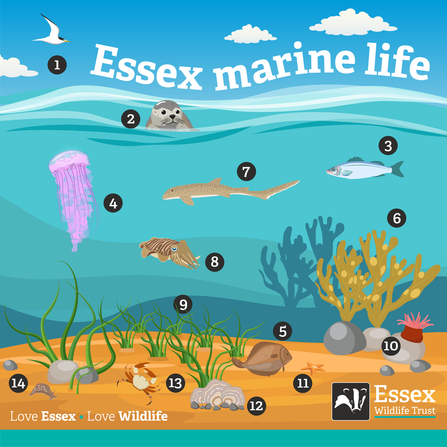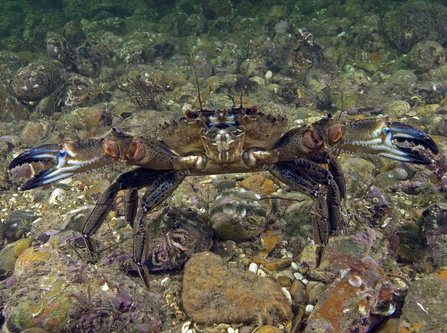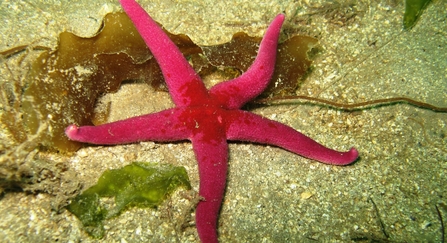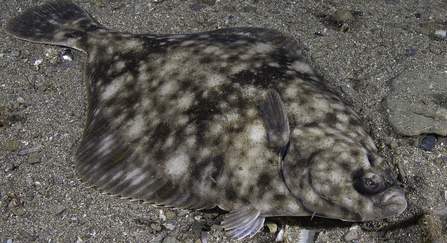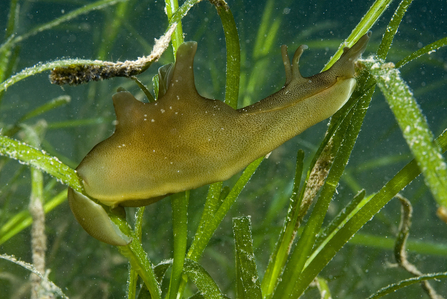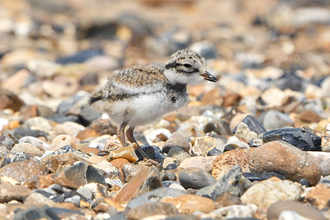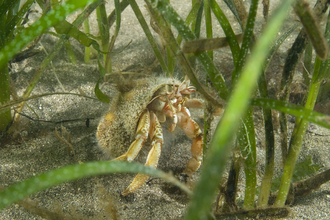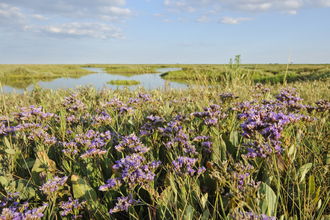Happy April Fool's Day, wildlife lovers!
We hope you can forgive us! There may not be a 'Blackwater Beast' lurking in the depths of Essex’s estuaries, but don’t be mistaken – the wildlife that lives within the watery world of our landscape is far from boring. Essex has the second longest coastline of all the counties, and this means that fish, cephalopods, rays, sponges, sea plants, crustaceans and sea birds call our coast their home. There is much excitement about the creatures of the deep sea, but what do we know about the creatures of the shallows?


